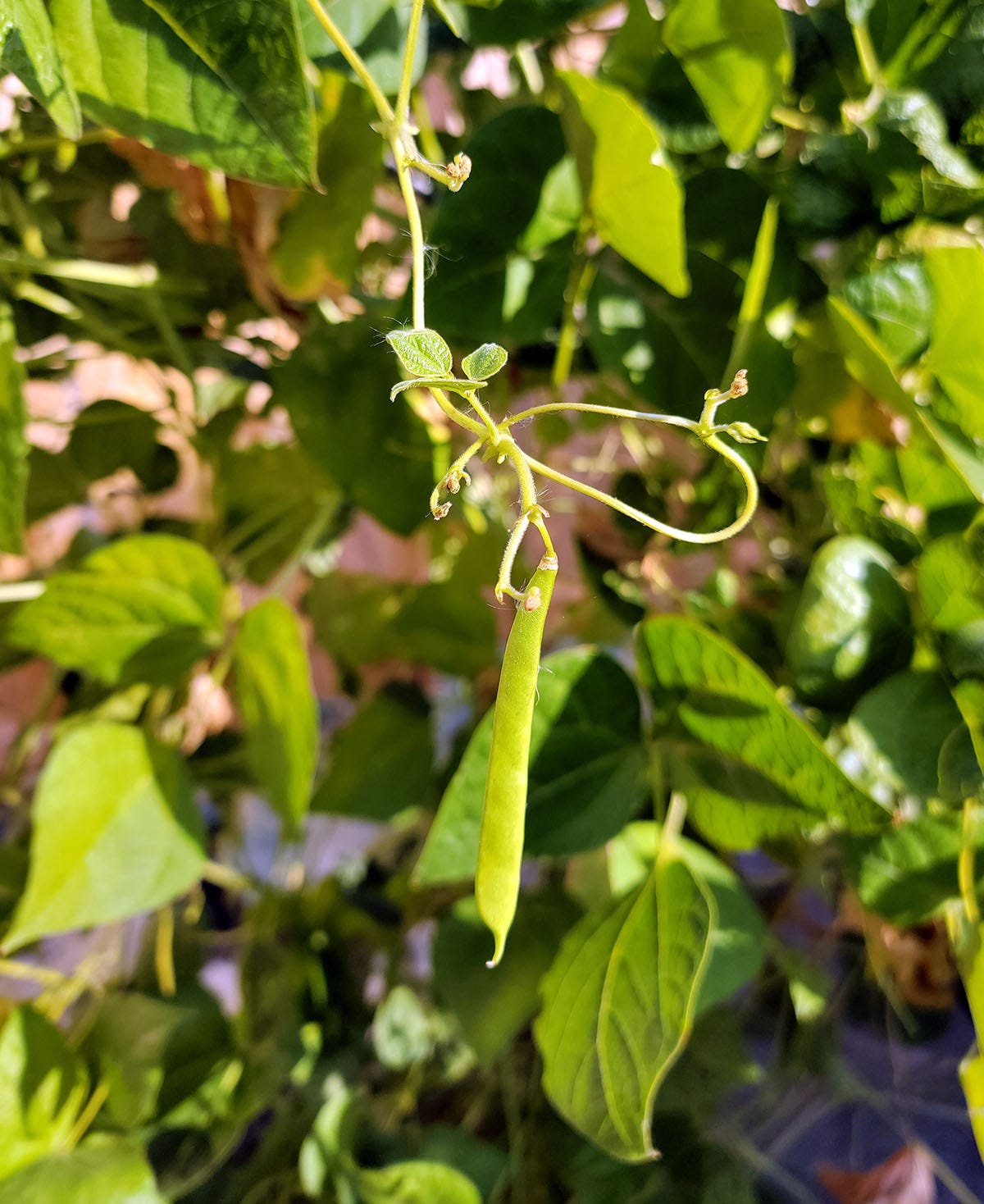This is a year I learned to love what is.
Our growing season is winding down here in Minnesota, and although this one is longer than I’d expected, the light is fading and plant growth is slowing — as is life, mercifully, after a frenzied summer.
Obviously, this is far different from garden life in my former home of California. Far different.
There, I li…




